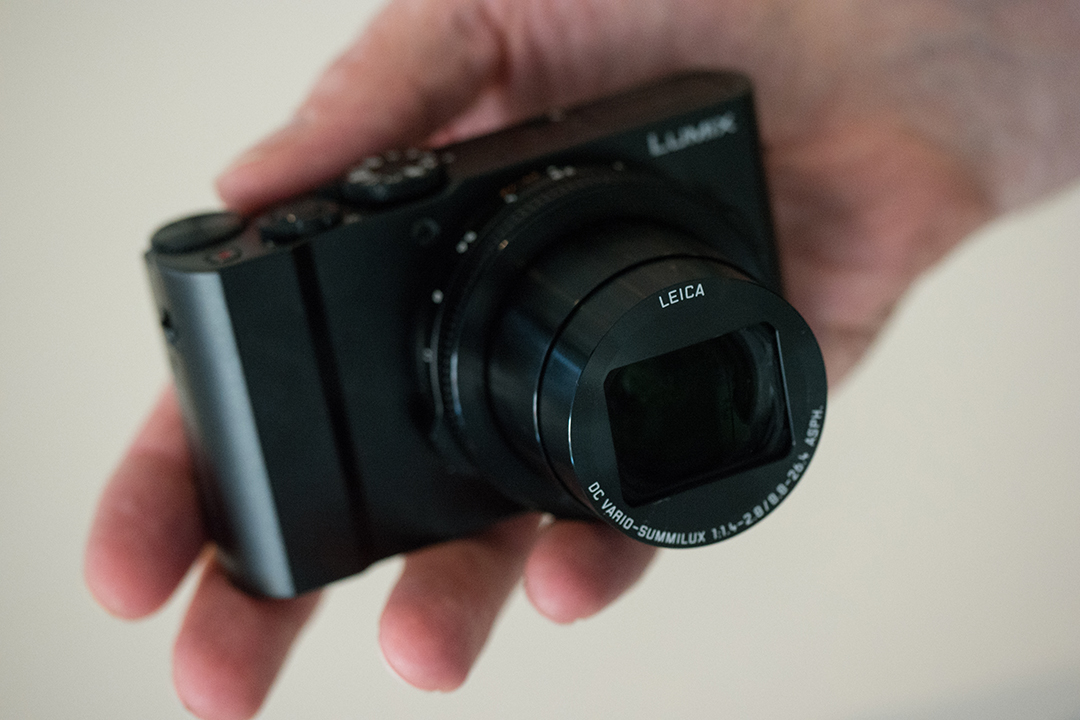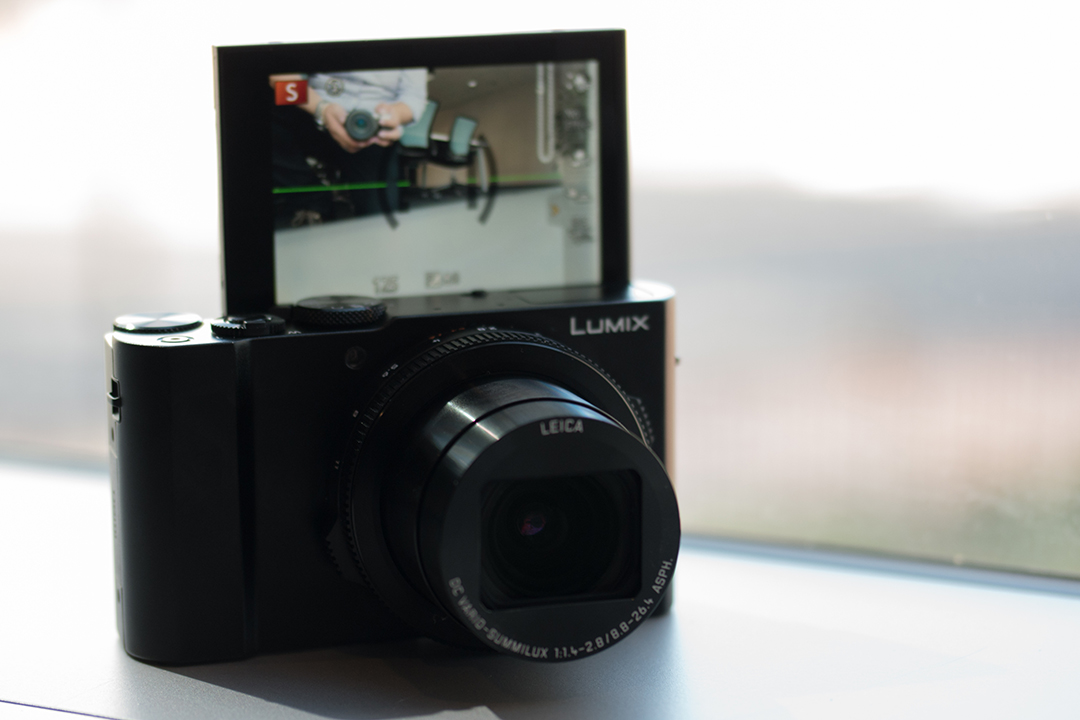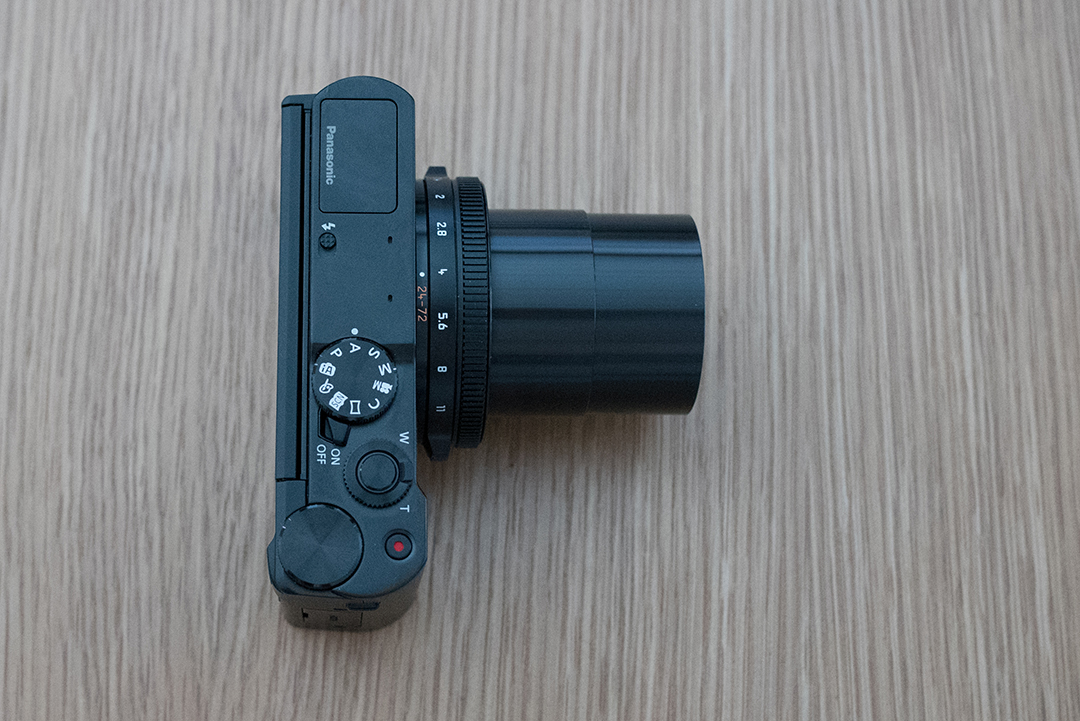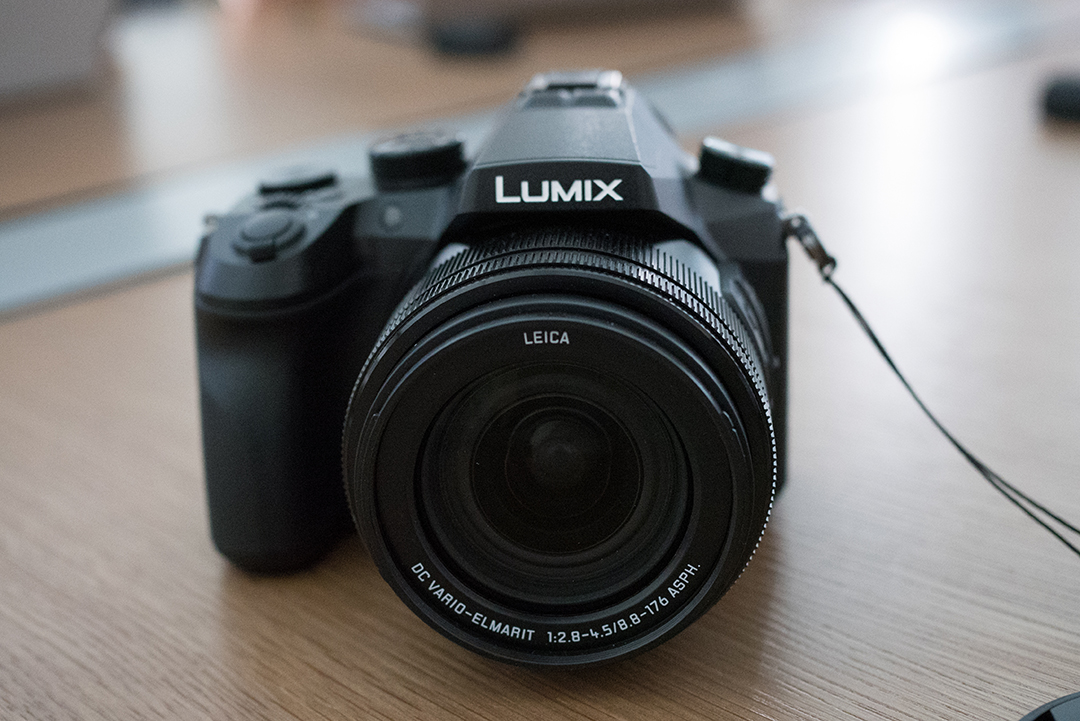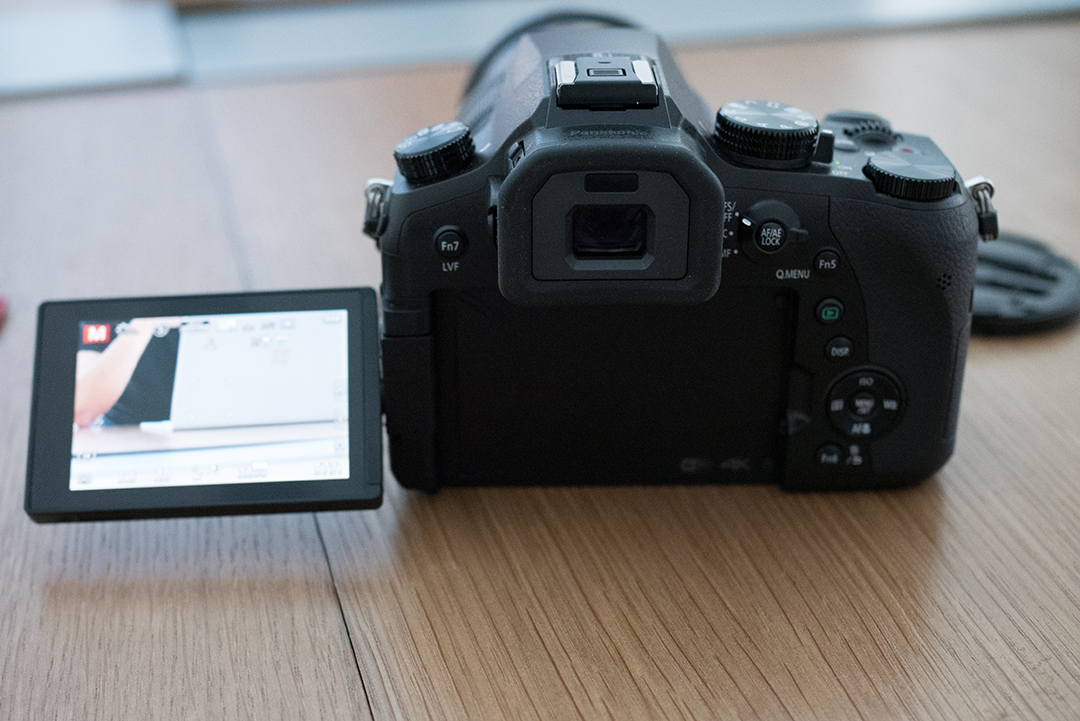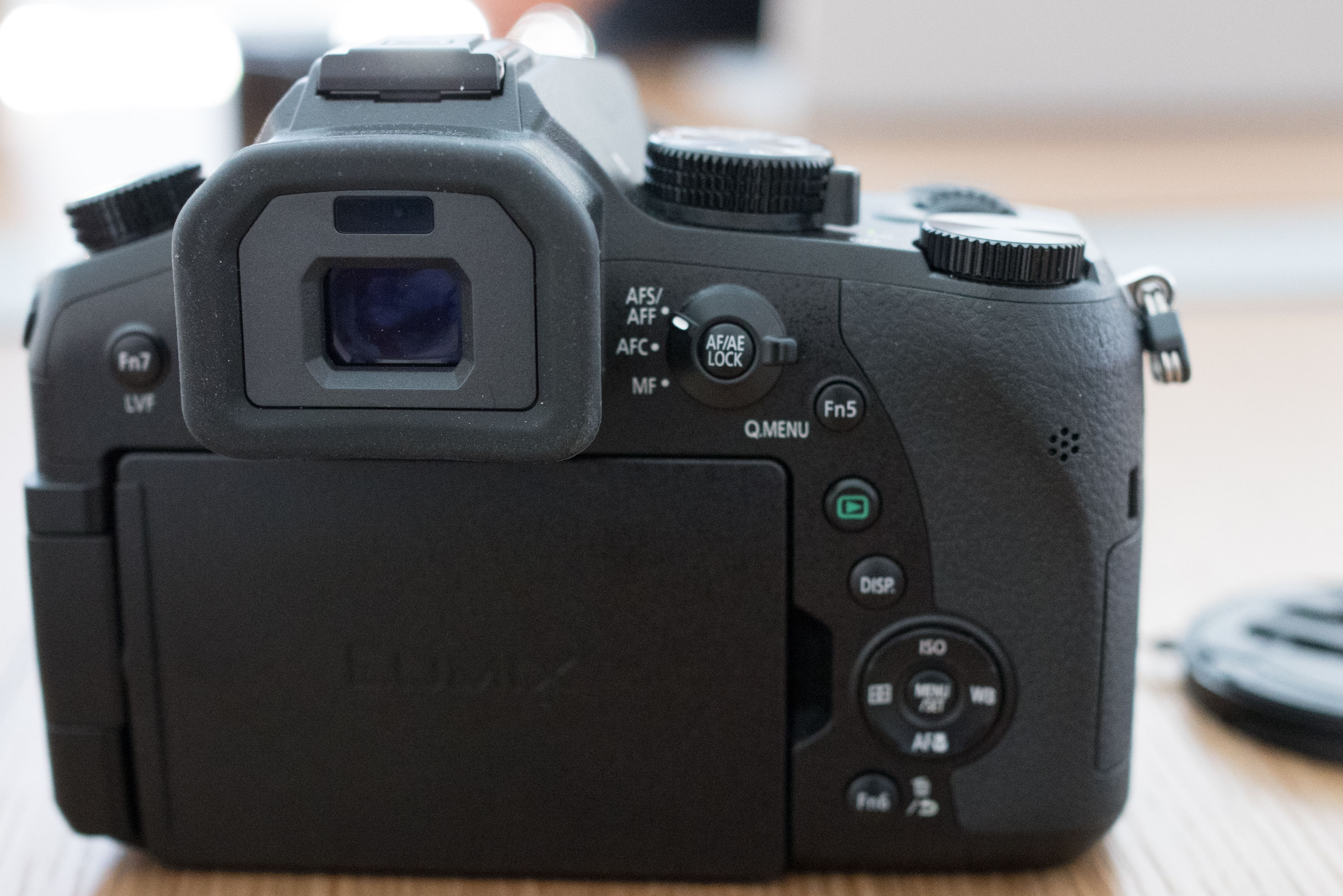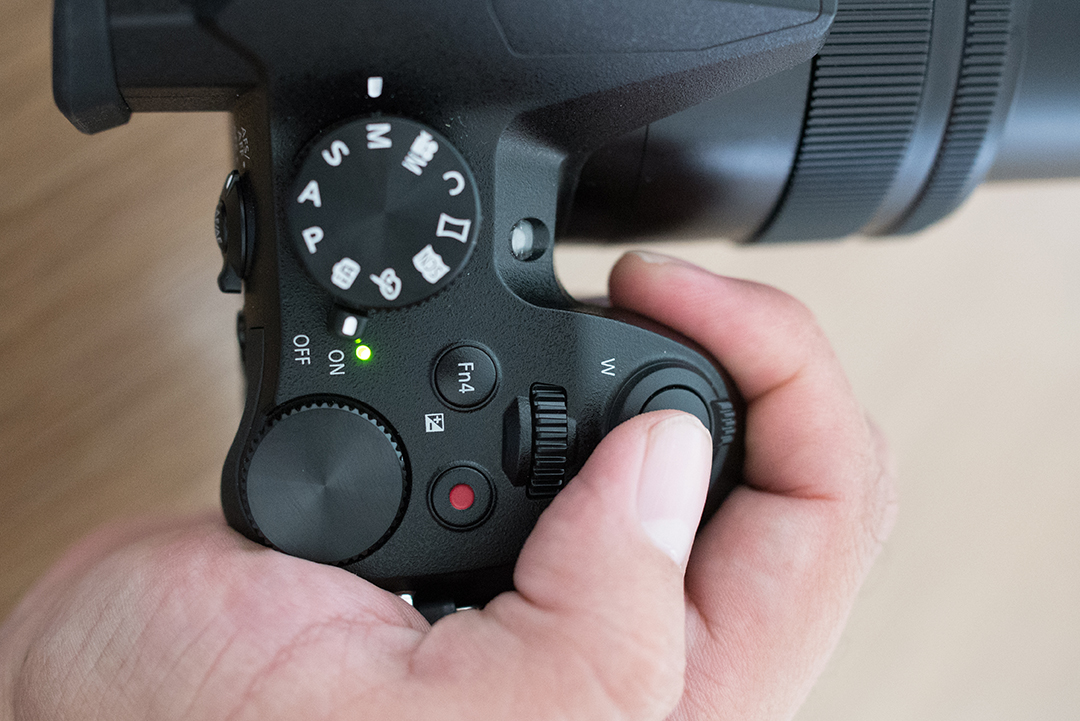After bringing Post Focus technology to its cameras last year, Panasonic is now letting the camera do the heavy lifting with a built-in focus stacking feature. Today, Panasonic is bringing its Post Focus feature along with the new built-in focus stacking to three new 4K capable cameras – the mirrorless, weather-sealed Lumix G85, and two advanced compacts, the Lumix LX10 and Lumix FZ2500.
Focus stacking is a method commonly used by macro photographers to get more of the image in focus. By taking the same image several times but making slight, progressive focus adjustments between each shot, merging the series together results in a sharper subject. It’s like high dynamic range photography, but for focus, not exposure.
But now Panasonic’s two new compacts and new rugged mirrorless camera can now do all the heavy lifting, automatically adjusting the focus between a series of quick, bracketed shots, then merging them together in camera. The feature is a continuation of Panasonic’s Post Focus technology introduced last year that allowes photographers to adjust the focus after the fact. Both the Post Focus and the new focus stacking are made possible by the cameras’ 4K video mode and the Depth From Defocus autofocus system.
The cameras’ upgraded autofocus system uses a Depth From Defocus design, where the camera compares two images to calculate the focusing distance. This type of contrast detection autofocus system, Panasonic says, allows for focusing speed as quick as 0.07 seconds in the G85, 0.09 in the FZ2500, and 0.12 in the LX10.
While the camera’s autofocus system compares two different images, adding in a 4K Photo mode gives the refocusing technology even more flexibility. Using the
While the idea behind focus stacking isn’t new, the feature leaves all the heavy-lifting to the camera, since the technique is traditionally time intensive. With the in-camera focus stacking, the camera is tied up for up to a minute processing the large file, but then the image is ready to be adjusted without a manual merging process.
While the new built-in focus stacking feature is intriguing on its own, particularly for macro photographers, the new cameras appear to wrap up several other worthwhile upgrades over their predecessors.
Lumix G85
The G85 is a weather-sealed mirrorless camera that uses a 16-megapixel Micro Four Thirds sensor with the anti-aliasing filter removed. The camera body is constructed from magnesium alloy and uses both an electronic viewfinder and a three-inch LCD screen.
While the splash- and dust-proof body is designed for inclement weather, the enhanced image stabilization and 9-frames-per-second burst speed could make the G85 an enticing camera for action photography. Like the earlier GX85, the G85 uses both a five-axis in-body stabilization system and a two-axis lens system (select lens models) for enhanced stability, but the latest version also uses a new gyro sensor and a new shutter design to minimize camera shake. The G85 also allows for using an external microphone, thanks to the 3.5mm microphone jack.
While the G85’s upgraded autofocus system brings the possibility of the Post Focus technology and focus stacking, Panasonic says it also handles low light exceptionally well, with the autofocus rated down to -4 EV. According to Panasonic, the G85 also has a Starlight Focus mode that allows photographers to use autofocus on the night sky, something that traditionally requires manual focus.
Lumix LX10
The Panasonic Lumix LX10 utilizes a one-inch 20.1-megapixel CMOS sensor, common in the advanced compact category. The lens is a bit uncommon, however, with a bright maximum aperture of f/1.4 (the fastest available in a point-and-shoot) and a rather impressive minimum focusing distance of three centimeters for macro photography. Pushing the lens to the maximum 3x optical zoom limits that aperture some, but to a still solid f/2.8. The camera also integrates a five-axis optical stabilization system. On the exterior, the LX10 has a 180-degree tilting touchscreen.
We had the opportunity to spend some time with the LX10 during a Panasonic press briefing. Most noticeable is the LX10’s compact size. The camera was engineered to bring features of much larger camera bodies into a small body, similar to what Sony has done with its RX100-series. The LX10 is a traveler’s dream camera, as it can easily fit into a pair of jeans (maybe not skinny jeans) or carried in a small bag without adding much bulk or weight.
The build quality also stands out the first time you wrap your hands around it. It’s small but the controls don’t feel cramped, and the three-inch touchscreen display is bright and responsive and what you’d expect of a high-end compact. For the more experienced photographer, the LX10 has a good mix of function buttons on the rear and two command dials at the top to complement the “clicky” aperture control ring at the base of the zoom lens. It’s built solidly through and through.
Lumix FZ2500
The FZ2500 shares several features in common with the LX10, including Post Focus, the one-inch sensor, and the option of shooting with either the LCD screen or electronic viewfinder. The FZ2500 though, packs in a 20x optical zoom. The f/2.8-4.5 lens is designed for both photo and video, using a quiet autofocus and zoom motor, as well as built-in neutral density filters. Despite being a compact, fixed lens camera, the FZ2500 includes a microphone jack as well as an HDMI output for displaying footage and images live on a monitor. As for competition, the FZ2500 is aimed at those looking at Sony’s RX10-series or Canon’s PowerShot G3X. While Panasonic refers to this camera as “compact,” it’s more of a long-zoom SLR-like bridge camera – a Lumix GH4 with a fixed lens.
All three cameras record in 4K (3840×2160) at 30 fps (or 24p in the MP4 format), but the FZ2500 also includes a cinema mode with a truer
We also had a chance to try out the FZ2500 during the Panasonic press briefing. When handling the FZ2500, the first thing that jumps out is how light the camera is. It can easily be handled with one hand and, thanks to its well-carved out grip, the camera feels comfortable. The multiple command dials – one within easy reach of your shutter finger and one a short throw from your thumb – makes you always feel in control. The FZ2500’s viewfinder is a joy to use: the 2,360K-dot equivalent view at 0.74x magnification gives you nearly the same available view found in the GH4. The tilting screen (also brought over from the GH4) provides you with the flexibility to work at low-angles, with an approximate 100-percent field-of-view. The FZ2500 offers a lot of promise for video users or for photographers that are looking for a camera with lots of reach without packing extra lenses, but one thing noticeably absent is the weather sealing that would have truly made this a fixed lens GH4.
Pricing and availability
Introduced at Photokina, the G85 will be available in October for $900 body-only, or $1,000 with a 12-60mm kit lens. The LX10 will follow in November for $699 and the FZ2500 in December for $1,200.
